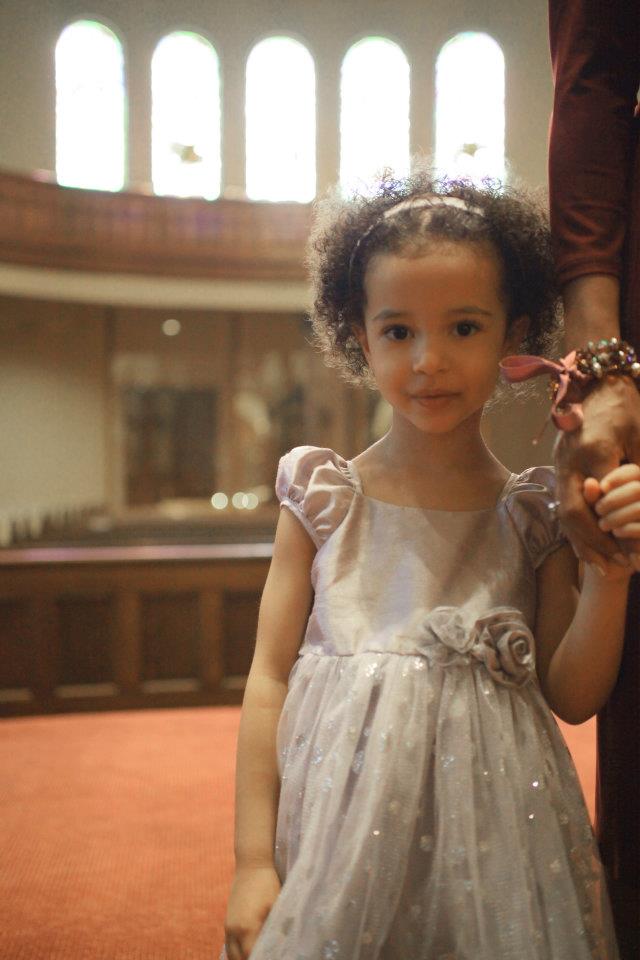Where’d the weekend go…?!
computers, education, event, everyday glory, family and friends, food for thought, football, games, geekery, history, movies and TV, music, politics and law, trains/model railroads February 6th, 2012Not only is today the start of a new work week, but – more importantly – it’s my niece, Grace’s, birthday:
This past weekend has been good. It has included, but not been limited to:
- Hanging out with the twins.
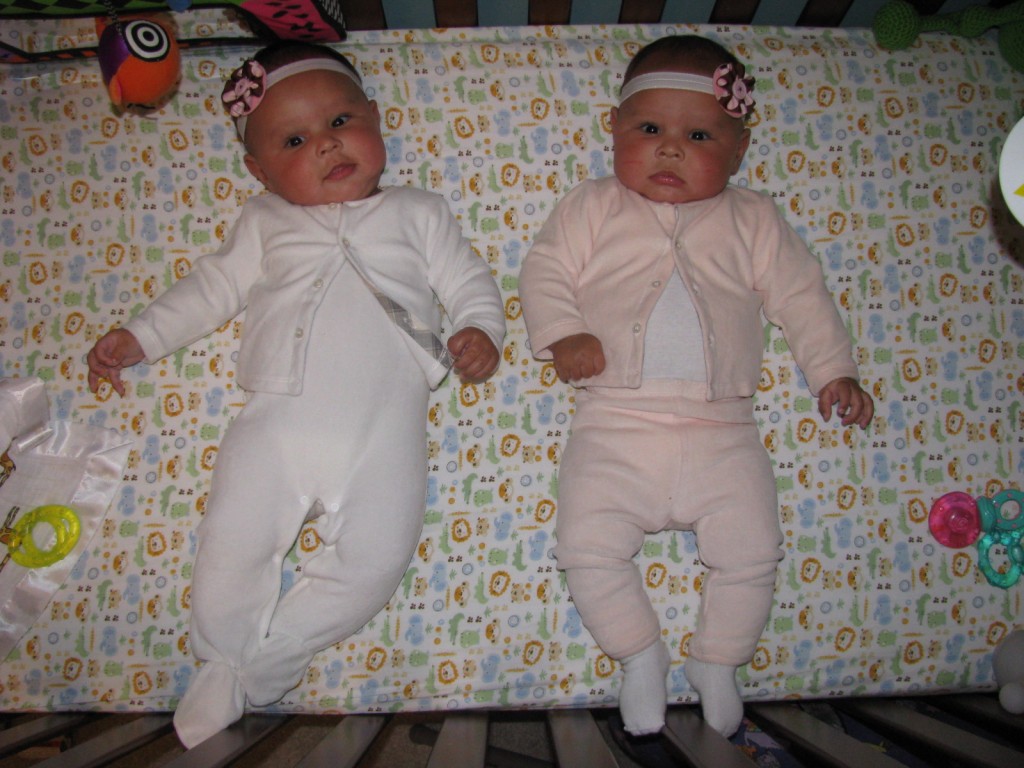
Diana (l) and Vanessa
- Playing HeroClix: Star Trek Tactics with the guys.
- Judging a tournament for Dr. Volt’s Comic Connection.
- Tracking down (after THREE attempts!) and watching Contagion.








- Taking the girls to their third train show!
- Watching the Super Bowl.
Chew on This: Food for Thought – Black History Month
It’s catch-up time for our Black History Month items:
- Paul Laurence Dunbar (June 27, 1872 – February 9, 1906) was a poet, novelist, and playwright of the late 19th and early 20th centuries, born in Dayton, Ohio.
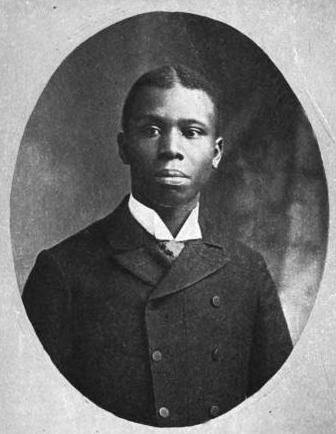
Both of Dunbar’s parents were former slaves; his father escaped to freedom in Canada and then returned to the U.S. to fight in the Civil War. The young Dunbar was the only black student in his Dayton high school, where he was both the editor of the school newspaper and class president, as well as the president of the school literary society. Also of note: He was a classmate of aviation pioneer Orville Wright.Dunbar wrote a dozen books of poetry, four books of short stories, five novels, and a play. He also wrote lyrics for In Dahomey – the first musical written and performed entirely by African-Americans to appear on Broadway in 1903; the musical comedy successfully toured England and America over a period of four years – one of the more successful theatrical productions of its time.[12] His essays and poems were published widely in the leading journals of the day. His work appeared in Harper’s Weekly, the Saturday Evening Post, the Denver Post, Current Literature and a number of other publications. During his life, considerable emphasis was laid on the fact that Dunbar was of pure black descent.Dunbar became the first African-American poet to earn nation-wide distinction and acceptance. The New York Times called him “a true singer of the people — white or black.” Much of Dunbar’s work was authored in conventional English, while some was rendered in African-American dialect. Dunbar remained always suspicious that there was something demeaning about the marketability of dialect poems. One interviewer reported that Dunbar told him, “I am tired, so tired of dialect”, though he is also quoted as saying, “my natural speech is dialect” and “my love is for the Negro pieces”.
In 1900, he was diagnosed with tuberculosis and his doctors recommended drinking whisky to alleviate his symptoms. He moved to Colorado with his wife on the advice of his doctors. Dunbar and his wife separated in 1902, but they never divorced. Depression and declining health drove him to a dependence on alcohol, which further damaged his health. He moved back to Dayton to be with his mother in 1904. Dunbar died from tuberculosis on February 9, 1906, at age thirty-three.
- Edward Kennedy “Duke” Ellington (April 29, 1899 – May 24, 1974), composer, pianist, and big band leader, was born in Washington, D.C.
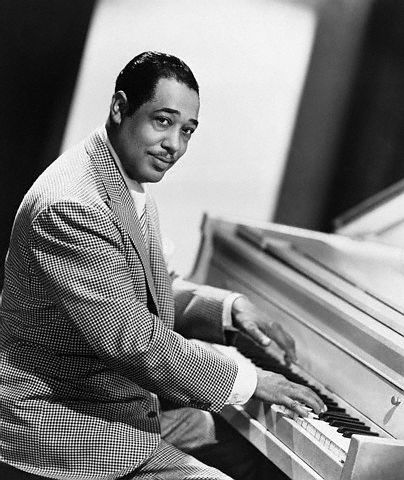
Ellington grew up in a secure middle-class family in Washington, D.C. Daisy, his mother, surrounded her son with dignified women to reinforce his manners and teach him to live elegantly. Ellington’s childhood friends noticed that “his casual, offhand manner, his easy grace, and his dapper dress gave him the bearing of a young nobleman”, and began calling him “Duke.”His family encouraged his interests in the fine arts, and he began studying piano at age seven, but his first piano lessons came appeared not to have had that much lasting effect upon him. As Duke’s piano lessons faded into the past, Duke began to show a flare for the artistic. Duke attended Armstrong Manual Training School to study commercial art instead of going to an academics-oriented school.Duke began to seek out and listen to ragtime pianists in Washington and, during the summers, in Philadelphia or Atlantic City, where he and his mother vacationed. While vacationing in Asbury Park, Duke heard of a hot pianist named Harvey Brooks. At the end of his vacation, Duke sought Harvey out in Philadelphia where Harvey showed Duke some pianistic tricks and shortcuts. Duke later recounted that, “When I got home I had a real yearning to play. I hadn’t been able to get off the ground before, but after hearing him I said to myself, ‘Man you’re going to have to do it.’” Thus the music career of Duke Ellington was born. Duke was taken under the wings of Oliver “Doc” Perry and Louis Brown, who taught Duke how to read music and helped improve his overall piano playing skills. Duke found piano playing jobs at clubs and cafes throughout the Washington area. Three months shy of graduation, Duke dropped out of school and began his professional music career.
Ellington made his first professional appearance as a jazz pianist in 1916. By 1918 he had formed a band, and after appearances in nightclubs in Harlem he became one of the most famous figures in American jazz. Ellington first played in New York City in 1923. Later that year he moved there and, in Broadway nightclubs, led a sextet that grew in time into a 10-piece ensemble. Extended residencies at the Cotton Club in Harlem (1927–32, 1937–38) stimulated Ellington to enlarge his band to 14 musicians and to expand his compositional scope. He selected his musicians for their expressive individuality, and several members of his ensemble were themselves important jazz artists. Ellington’s orchestra, playing his own and Billy Strayhorn’s compositions and arrangements, achieved a fine unity of style and made many innovations in the jazz idiom.
He wrote nearly two thousand compositions before his death in 1974 – among his best-known short works are “Mood Indigo,” “Solitude,” and “Sophisticated Lady.” He also wrote jazz works of complex orchestration and ambitious scope for concert presentation, notably Creole Rhapsody (1932), Black, Brown and Beige (1943), Liberian Suite (1947), Harlem (1951), and Night Creatures (1955), and composed religious music, including three sacred concerts (1965, 1968, and 1973). Ellington made many tours of Europe, appeared in numerous jazz festivals and several films, and made hundreds of recordings. In 1969 he received the Presidential Medal of Freedom.
Ellington died of lung cancer and pneumonia on May 24, 1974, a month after his 75th birthday
- James Leonard Farmer, Jr. (January 12, 1920 – July 9, 1999) was a civil rights activist and leader in the American Civil Rights Movement.
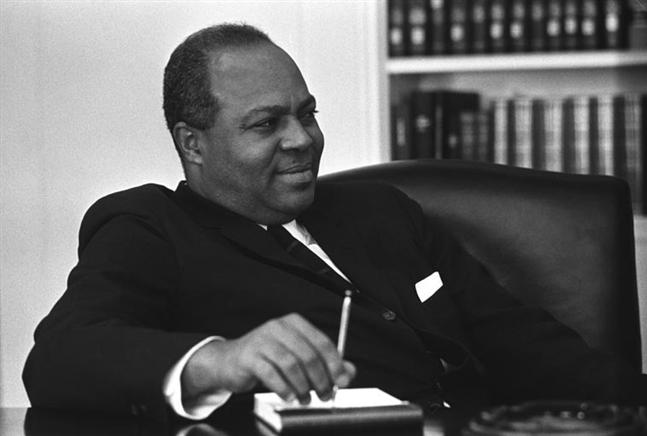
Farmer was a child prodigy; at the age of 14, he enrolled at Wiley College, where he was the captain of the debate team. While there, a professor of English, Melvin Tolson, became his mentor. Farmer earned a Bachelor of Science at Wiley College in 1938, and a Bachelor of Divinity from Howard University School of Religion in 1941. Inspired by Howard Thurman, a professor of theology at Howard University, Farmer became interested in Gandhi-style pacifism. During the 1950s, Farmer served as national secretary of the Student League for Industrial Democracy (SLID), the youth branch of the socialist League for Industrial Democracy. SLID later became Students for a Democratic Society. Farmer talked to A. J. Muste, the executive director of the Fellowship of Reconciliation(FOR), about an idea to combat racial inequality. Muste found the idea promising but wanted to see it in writing. Farmer spent months writing the memorandum making sure it was perfect. A. J. Muste wrote him back asking him about money to fund it and how they would get members. Finally, Farmer was asked to propose his idea in front of the FOR National Council. In the end, FOR chose not to sponsor the group, but gave Farmer permission to start the group in Chicago. When Farmer got back to Chicago, the group began setting up the organization. The name decided upon was CORE, the Committee of Racial Equality. The name was changed about a year later to the Congress of Racial Equality.In 1961 Farmer, who was working for the NAACP, was reelected as the national director of CORE, at a time when the civil rights movement was gaining power. Despite the Irene Morgan Supreme Court decision and the Boynton decision, interstate buses were still segregated. Gordon Carey proposed the idea of a second Journey of Reconciliation. Farmer jumped at the idea. This time, however, the group planned to journey through the Deep South. Farmer coined a new name for the trip: the Freedom Ride. The plan was for a mixed race and gender group to test segregation on interstate buses. The group would spend time in Washington D.C. for intensive training. They would embark on May 4, 1961 half by Greyhound and half by Trailways. They would go through Virginia, the Carolinas, Georgia, Alabama, Mississippi, and finish in New Orleans on May 17. For overnight stops there were planned rallies and support from the black community. There were usually talks at local churches or colleges.Growing disenchanted with emerging militancy and black nationalist sentiments in CORE, Farmer resigned as director in 1966. He took a teaching position at Lincoln University, a historically black college (HBCU), and continued to lecture. In 1968 Farmer ran for U.S. Congress as a Liberal Party candidate backed by the Republican Party, but lost to Shirley Chisholm. His defeat was not total; in 1969 the newly elected President Richard Nixon offered him the position of Assistant Secretary of the Department of Health, Education, and Welfare (now Health and Human Services). The next year, frustrated by the Washington bureaucracy, Farmer resigned from the position.
Farmer retired from politics in 1971 but remained active, lecturing and serving on various boards and committees. In 1975 he co-founded Fund for an Open Society. Its vision is a nation in which people live in stably integrated communities, where political and civic power is shared by people of different races and ethnicities. He led this organization until 1999. From 1984 through 1998, Farmer taught at Mary Washington College (now The University of Mary Washington) in Fredericksburg, Virginia, where a bust of him now stands on campus and the multicultural center is named after him. They also named a program after him that encouraged minority students to enroll and enter college. It is the James Farmer Scholars program.
In 1998 President Bill Clinton awarded him the Presidential Medal of Freedom.
Farmer died in 1999 in Fredericksburg, Virginia of complications from diabetes.
- Grambling State Universityis a historically black, public, coeducational university, located in Grambling, Louisiana, United States.
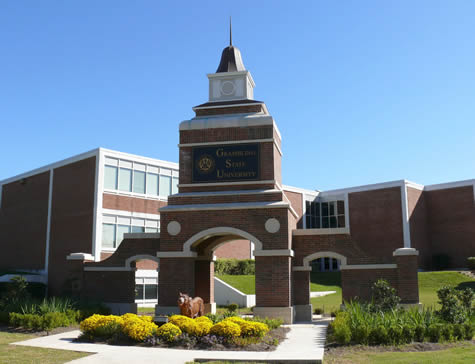
Grambling State University opened on November 1, 1901 as the Colored Industrial and Agricultural School. It was founded by the North Louisiana Colored Agriculture Relief Association, organized in 1896 by a group of African-American farmers who wanted to organize and operate a school for African Americans in their region of the state.In response to the Association’s request for assistance, Tuskegee Institute’s Booker T. Washington sent Charles P. Adams to help the group organize an industrial school. Adams became its founding president.
In 1905, the school moved to its present location and was renamed the North Louisiana Agricultural and Industrial School. By 1928, after becoming a state junior college and being renamed the Louisiana Negro Normal and Industrial Institute, the school began to award two-year professional certificates and diplomas. In 1936, and the curriculum emphasis shifted to rural teacher education; students were able to receive professional teaching certificates after completing a third academic year. The first baccalaureate degree was awarded in 1944, in elementary education.
In 1946, the school became Grambling College, named after P.G. Grambling, the white sawmill owner who had donated the parcel of land where the school was constructed. In addition to elementary educators, Grambling prepared secondary teachers and added curricula in sciences, liberal arts and business, transforming the college from a single purpose institution of teacher education into a multipurpose college. In 1949, the college earned its first accreditation by the Southern Association of Colleges and Schools (SACS).
In 1974, the addition of graduate programs in early childhood and elementary education gave the school a new status and a new name – Grambling State University. The university expanded and prospered between 1977 and 2000. Several new academic programs were incorporated and new facilities were added to the 384-acre campus, including a business and computer science building, school of nursing, student services building, stadium, stadium support facility and an intramural sports center.
Alumni of Grambling State include: Willie Brown (Green Bay Packers), eight-time Mr. Olympia winner Ronnie Coleman, Grammy-winner Erykah Badu (although she began concentrating on music full-time and left the university before graduating); former NFL quarterback and Super Bowl XXII MVP Doug Williams, who currently serves as the Tigers head football coach. Award winning and world renowned jazz artist Michael Thomas is a Grambling alumnus and he was a member of the Tiger Marching Band along with jazz artists Lovett Hines and Bob French. The writer Judi-Ann Mason was a double major graduate of Grambling.
Information courtesy of AllAboutJazz.com, Biography.com, FactMonster.com, the Grambling State University website (www.gram.edu), PBS.org and Wikipedia
Stray Toasters
- Brown student uncovers lost Malcolm X speech
- 100 Random Observations from Super Bowl XLVI
- Utah Symphony has announced their 2012-2013 season.
- Boundless information: Mining social networks

- Today’s out of context phrase that made me laugh: “orgy spork”
- FBI call gives clues into Anonymous, Lulzsec probes
- Top 10 list of ugly cars includes Ford Mustang, BMW

- 17 and sudoku clues
- Art History Through Sci-Fi Colored Glasses
Namaste.
Leave a Reply
You must be logged in to post a comment.

